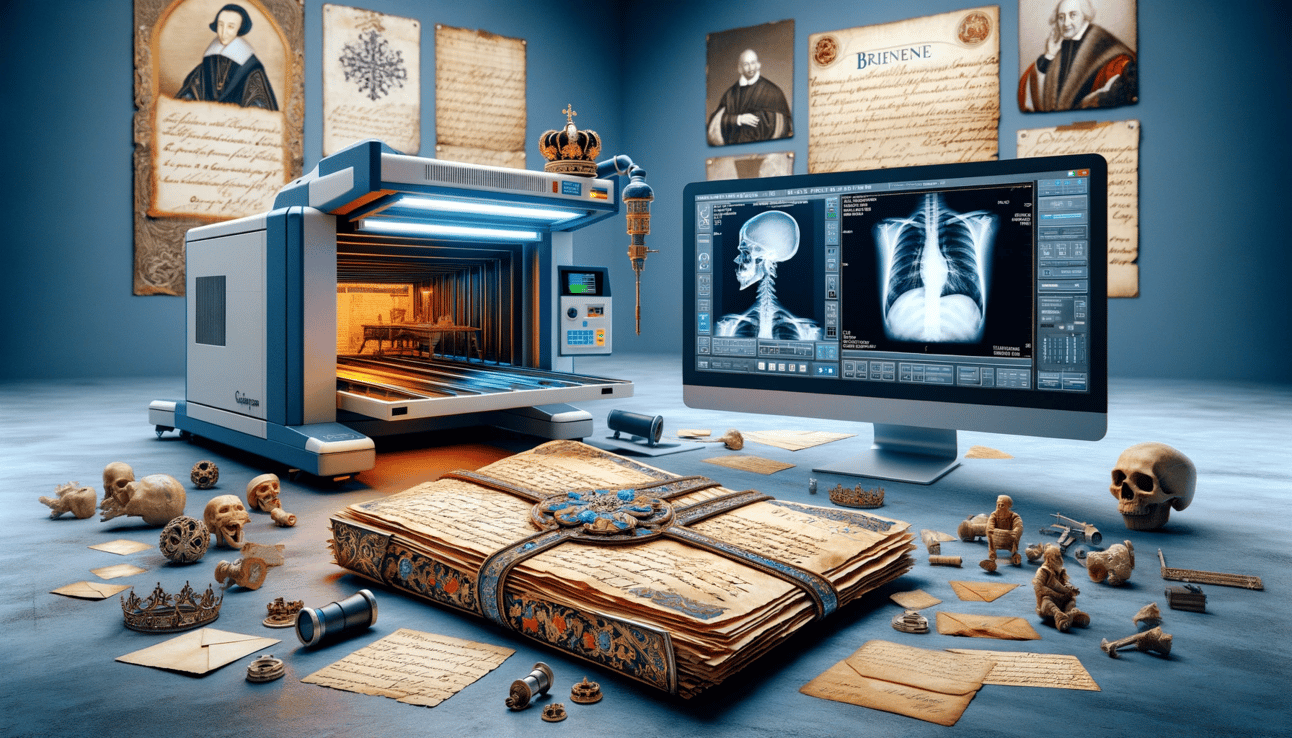- Back In The Day
- Posts
- Mar 07 2021: Scientists read 300-year-old sealed letter without opening it
Mar 07 2021: Scientists read 300-year-old sealed letter without opening it
Back In The Day: Edition 2024-01-24

Back in Mar 07 2021: Scientists read 300-year-old sealed letter without opening it
Scientists at MIT and King's College London have developed a technique to virtually unfold sealed letters from the past without damaging them. The researchers used advanced X-ray machines to create high-resolution 3D scans of the folded letters, and then used a computational algorithm to produce flattened images of the letter's contents and crease patterns.
The technique could potentially unlock historical treasures hidden within sealed correspondence. It has already been successfully used to unlock several letters from the Brienne Collection, and could be applied to other unopened letters in archives around the world.
Fast forward to Oct 17 2023: Scrolls were illegible for 2,000 years. A college student read one with AI.
A University of Nebraska-Lincoln student, Luke Farritor, used his artificial intelligence program to decipher 2,000-year-old Roman scrolls that were damaged by a volcanic eruption. Farritor received an image of one of the scrolls at a party and was able to detect about a dozen letters using his AI program.
The Greek letters were translated into the word "porphyras." Farritor was awarded $40,000 for his discovery and is believed to be the first person in nearly 2,000 years to read a part of the scrolls. The scrolls were stored in a library near Pompeii and are incredibly difficult to extract text from.
How does the use of artificial intelligence technology in deciphering ancient Roman scrolls challenge long-held beliefs about their unreadable state?
Reply